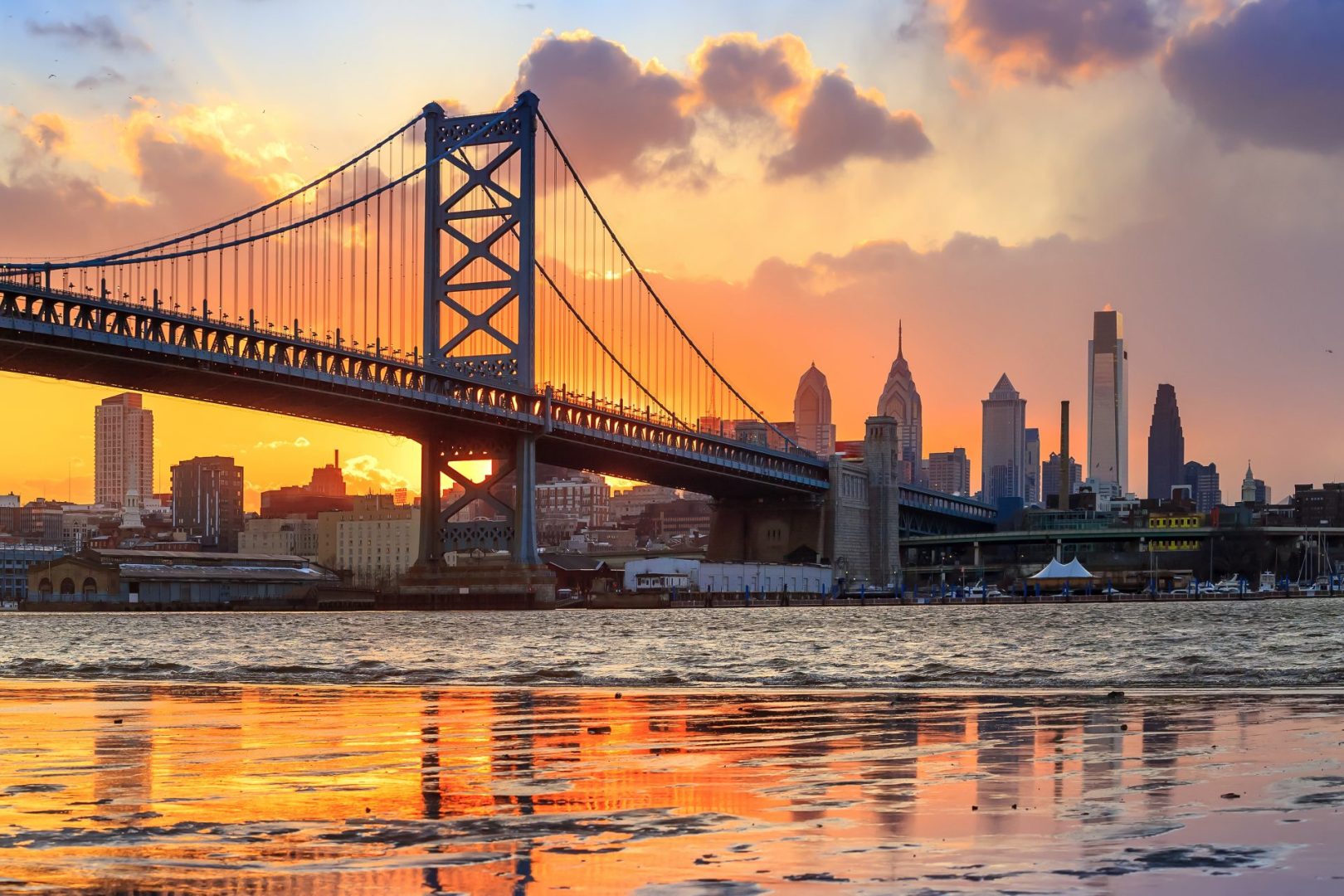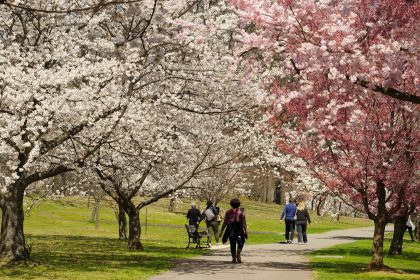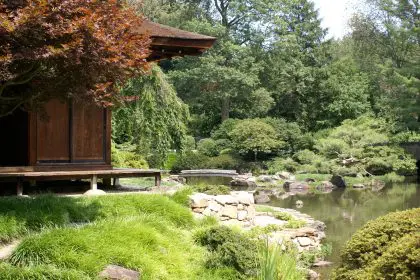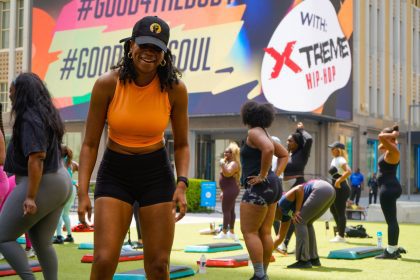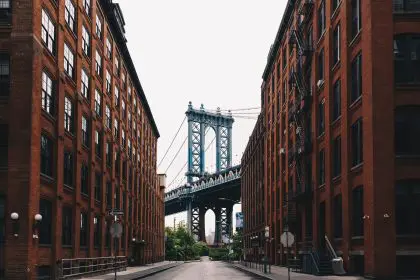Philadelphia stands as one of America’s most historically rich and culturally vibrant cities, offering countless opportunities for exploration and discovery. While many visitors focus on well-known paid attractions, the city harbors numerous exceptional experiences that cost absolutely nothing yet provide memories worth far more than their price tag suggests.
The beauty of exploring Philadelphia on a budget lies not in settling for lesser experiences, but in discovering authentic local favorites and hidden treasures that many tourists overlook entirely. These free offerings often provide more genuine connections to the city’s character, history, and community spirit than expensive alternatives designed primarily for visitor consumption.
From revolutionary battlegrounds where American history unfolded to contemporary art installations that challenge and inspire, Philadelphia’s free attractions span centuries of cultural development. The city’s commitment to public access ensures that financial constraints never prevent anyone from experiencing its most meaningful offerings.
Understanding which free activities provide the richest experiences helps both visitors and locals maximize their time while creating lasting connections to this remarkable city. The following destinations and activities represent Philadelphia‘s finest cost-free opportunities for adventure, learning, and community engagement.
The current landscape of Philadelphia’s free offerings
Philadelphia’s unique position in American history creates natural advantages for free cultural and educational experiences. The city’s role in the nation’s founding means that many historically significant sites maintain public access as part of their educational mission and cultural preservation efforts.
Contemporary Philadelphia has embraced this tradition of public access, with city leadership and cultural organizations prioritizing community engagement through free programming and open access policies. This commitment extends beyond traditional museums and historic sites to include modern art installations, community festivals, and recreational facilities.
The diversity of Philadelphia’s neighborhoods contributes significantly to the richness of free experiences available throughout the city. Each area offers distinct cultural flavors, architectural styles, and community traditions that create varied exploration opportunities without requiring entrance fees or tour costs.
Seasonal programming throughout the year ensures that free activities remain fresh and engaging regardless of when visitors or locals choose to explore. Summer concerts, winter markets, spring festivals, and autumn celebrations provide rotating calendars of cost-free entertainment and cultural engagement.
1. Independence National Historical Park exploration
The birthplace of American democracy offers extensive free access to some of the nation’s most significant historical sites. Independence Hall, where both the Declaration of Independence and Constitution were signed, provides guided tours at no cost, though advance reservations ensure guaranteed access during peak periods.
The Liberty Bell Center houses America’s most famous symbol of freedom, offering educational exhibits that place this iconic artifact within its proper historical context. Interactive displays and multimedia presentations help visitors understand the bell’s evolution from practical courthouse fixture to powerful symbol of liberty and justice.
Independence Square and the surrounding park grounds provide peaceful spaces for reflection while surrounded by buildings where revolutionary ideas transformed into foundational principles of American government. The outdoor spaces remain accessible year-round, allowing for contemplative walks through areas where history’s most consequential decisions shaped the nation’s future.
Carpenter’s Hall, the First Bank of the United States, and other historic structures within the park boundaries offer additional opportunities for historical exploration. Each building tells specific stories about early American commerce, governance, and daily life during the revolutionary period.
The park’s visitor center provides comprehensive orientation materials, maps, and educational resources that enhance self-guided exploration throughout the historic district. Knowledge gained here enriches the experience of walking Philadelphia’s historic streets and recognizing the significance of seemingly ordinary buildings and locations.
2. Philadelphia Museum of Art and surrounding attractions
The museum’s exterior steps gained worldwide fame through popular culture, but the surrounding area offers rich experiences that extend far beyond this singular attraction. Climbing the steps provides excellent cardiovascular exercise while building anticipation for the panoramic city views available from the top.
The museum building itself represents architectural achievement worthy of extended admiration. The neoclassical design and imposing presence create impressive backdrops for photography while demonstrating early 20th-century institutional architecture at its finest.
Fairmount Park surrounds the museum with extensive green spaces perfect for picnicking, recreational activities, and peaceful relaxation. The park system represents one of the largest urban park networks in the United States, providing countless acres of free outdoor recreation opportunities.
The Schuylkill River Trail connects to the museum area, offering scenic walking and cycling routes that showcase Philadelphia’s relationship with its waterways. The trail system extends for miles in both directions, providing options for short strolls or extended outdoor adventures.
Nearby Boathouse Row presents one of Philadelphia’s most picturesque scenes, particularly during evening hours when historic boathouses illuminate along the riverbank. This area combines natural beauty with architectural charm while celebrating the city’s long tradition of rowing and water sports.
3. Reading Terminal Market cultural immersion
This bustling marketplace represents authentic Philadelphia culture through its diverse vendor community and historic setting. While purchasing food requires money, exploring the market, sampling occasional free tastes, and absorbing the atmosphere costs nothing while providing rich cultural experiences.
The market’s architecture tells stories of Philadelphia’s commercial history, with the original train shed structure creating a unique shopping environment that blends historic preservation with contemporary commerce. The soaring ceiling and industrial details provide interesting contrasts to the intimate vendor stalls below.
Cultural diversity appears throughout the market as vendors representing various ethnic traditions offer specialties from their heritage cuisines. This creates opportunities for informal cultural education and community connection that rival organized cultural events.
The Amish community’s presence in the market provides glimpses into traditional Pennsylvania Dutch culture and agricultural practices. Observing traditional food preparation methods and craftsmanship offers educational value while supporting community preservation efforts.
Regular events and seasonal celebrations throughout the market calendar provide additional free entertainment and cultural programming. These might include cooking demonstrations, cultural performances, or seasonal decorations that enhance the basic market experience.
4. Mural Arts Program neighborhood discovery
Philadelphia’s reputation as the “Mural Capital of the World” stems from an extensive public art program that transforms neighborhoods throughout the city. These large-scale artworks provide free outdoor gallery experiences while telling stories of community identity, social justice, and artistic expression.
Self-guided mural tours allow for flexible exploration at personal pace while discovering neighborhoods that might otherwise remain unexplored. Each mural reflects specific community values, historical events, or cultural celebrations that provide insights into Philadelphia’s diverse populations.
The South Philadelphia area contains numerous murals celebrating the neighborhood’s Italian-American heritage, while other areas showcase African-American history, Latino culture, or contemporary social themes. This geographic distribution creates opportunities for neighborhood exploration beyond single-destination visits.
Many murals include community gathering spaces or small parks that provide areas for rest and reflection while contemplating the artistic messages. These spaces often become informal community centers where locals gather and visitors can observe authentic neighborhood life.
Photography opportunities abound throughout the mural program, with each artwork providing unique backdrops and artistic inspiration. The scale and quality of these works rival museum pieces while remaining freely accessible to anyone willing to explore the city’s neighborhoods.
5. Delaware River waterfront recreational activities
The waterfront area has undergone significant revitalization, creating extensive public spaces for recreation and relaxation without admission fees. Penn’s Landing and surrounding areas provide scenic river views, walking paths, and seasonal programming that showcase Philadelphia’s relationship with its waterways.
The Delaware River Trail offers miles of paved pathways perfect for walking, jogging, cycling, or simply enjoying outdoor exercise with scenic water views. The trail connects multiple neighborhoods and provides access to various parks and recreational facilities along the route.
Seasonal festivals and events throughout the waterfront calendar provide free entertainment and cultural programming. Summer concert series, winter holiday markets, and spring festivals create rotating calendars of community engagement opportunities.
Public art installations along the waterfront combine artistic appreciation with outdoor recreation. Sculptures, interactive installations, and landscape art provide discovery opportunities while enjoying fresh air and physical activity.
Historic ship viewing, while not always including free boarding, allows for exterior appreciation of maritime history and naval architecture. The waterfront’s role in Philadelphia’s commercial development becomes apparent through these preserved vessels and interpretive materials.
Planning strategies for maximum enjoyment
Successful free exploration of Philadelphia requires basic planning to optimize time and ensure access to desired experiences. Seasonal considerations affect outdoor activities, while some indoor attractions maintain specific hours or require advance reservations.
Transportation between free attractions can be managed cost-effectively through walking when distances permit, or by utilizing public transportation day passes that provide unlimited access to the city’s bus and subway systems. Many free attractions cluster in walkable areas that support efficient exploration.
Combination planning allows for mixing free activities with occasional paid experiences when budgets permit, creating balanced itineraries that maximize value while respecting financial constraints. This approach ensures satisfaction while maintaining budget discipline.
Weather backup plans become essential for outdoor-focused free activities, with indoor alternatives readily available throughout the city. Philadelphia’s extensive library system, shopping areas, and covered markets provide comfortable alternatives during inclement weather.
Local event calendars help identify special free programming that coincides with planned visits. Community festivals, seasonal celebrations, and cultural events often provide bonus experiences that enhance basic attraction visits.
Philadelphia’s commitment to public access and community engagement creates extraordinary opportunities for meaningful experiences regardless of budget constraints. These free activities provide authentic connections to the city’s history, culture, and community spirit while proving that the best things in life truly can be free.
The key to maximizing Philadelphia’s free offerings lies in approaching them with curiosity, respect for community spaces, and appreciation for the cultural significance they represent. Whether exploring revolutionary history, contemporary art, or neighborhood culture, these experiences provide rich rewards for anyone willing to venture beyond conventional tourist approaches.

